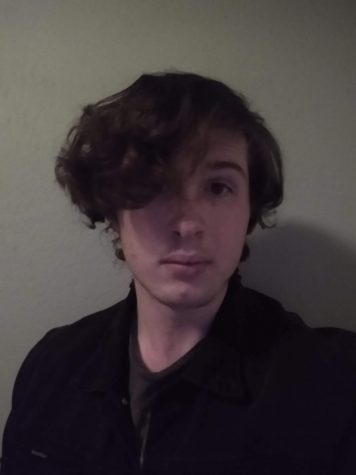Some concerns regarding school reopening
March 18, 2021
Recently, the school district has been contemplating a reopening of Burroughs, starting with seniors. As covid cases begin to decline, many are wondering if and when a return to in person schooling will occur. While there are certain students who doubtlessly need to return to the classroom, even the most carefully planned reopening comes with health and safety risks, all of which must be considered. I propose that the school district, in any attempts to reopen their classrooms, do so in as cautious a manner as possible, and this includes restricting a reopening strictly to those who absolutely require it.
The first major issue with reopening is the simple logistics of implementing a hybrid model. With some students in class, some students out, some teachers in and some at home, the time to find and implement a solution that equally caters to all students, regardless of their choice to return to in person instruction. If the education of students at school is not significantly improved to what would be received in the DL model, then those students, teachers, and faculty are opening themselves to unnecessary risk. If the education is significantly, or possibly marginally even better in school, then the incentive to return will drive more students to the classroom, increasing the risk and necessitating an increase in resources that the district simply does not have. We cannot build new classrooms overnight. We have the rooms we have, but their total capacity has been cut in half.
This leads to the issue of social distancing itself. While the idea that students will maintain a barrier of desks is certainly nice, what happens when the bell rings? In most halls, the doors only open to cramped, indoor passageways where social distancing is impossible. Our school was simply not designed, architecturally, to provide large swathes of room to each student. Of course, remedies to this issue exist, such as staggered release, ensuring that the halls stay relatively clear, but class time has already been slashed to accommodate for DLS and DL APE. There is no room to cut from class time any longer.
But assuming that absolutely every safety measure is entirely bulletproof and ingenious, the issue of selection bias arises. If a return to school is elective, then not only will those who know that their education requires an in-person element return, but also a large number of students who do not care about covid safety and following health guidelines. We cannot be naive on this issue, Ridgecrest is filled to its breaking point with individuals who listened intently when certain political figures told them that wearing a mask was tyranny. The student population is no different. And even if these students still widely follow guidelines, which is a massive concession, absolutely nothing guarantees that they will be responsible the second they step off campus. If a student comes to school with covid, even if all safety precautions are met, then they risk exposing their classmates, and importantly, the family of classmates, to the virus.
According to the California reopening guidelines, the close contacts of those who tested positive for covid must be sent home and excluded from campus for ten days. Per the guidelines, “A contact is defined as a person who is within 6 feet from a case for more
than 15 minutes cumulative within a 24-hour period, regardless of face coverings.” This 15 minutes cumulative could easily be met by a couple of students who share a few classes walking too close during passing period. To mitigate disruptions to learning, all safety measures must be followed at all times by all students, or else a positive case risks sending not only the student that contracted the virus, but also those who were unlucky enough to be next to them. If one student decides to flaunt guidelines and do as they please, while another student who genuinely needs in person instruction does absolutely everything they are instructed to do, that second student can very easily end up being sent home at no fault of their own if the six foot rule is not followed constantly, and it is the safety guideline that is most often neglected even by the most cautious individuals.
My absolute biggest concern, however, is the cultural impact that a reopening will have on our community. While covid cases are trending in the right direction, and people are beginning to get vaccines and feel safer, we simply are not out of this pandemic yet. We will be soon, hopefully, but we cannot trip at the finish line. What Burroughs does matters in this community, and we simply cannot be endorsing the idea that this pandemic is over. It is not. Some students undoubtedly need to in-class teaching. But this should be limited to those who absolutely require it to graduate. Because I do not consent to any increase in cases that Ridgecrest sees as a result of a reopening. Any. This pandemic is not something that can be solved with personal responsibility, because no one can truly be safe. You can do absolutely everything right and still get sick. It is a numbers game. If the school contributes to even a single extra case within the community, then the decision to reopen would be responsible for not just that one case, but the increased risk brought to every single other member of our community who interacts with that student, and every member who interacts with those members, and so on and so on and so on. We don’t live in bubbles. We do not simply get to say that the risk is worth it because our decision to do so changes the calculation that must be made to decide. If we want to take care of our community, we have to think about the whole community.
